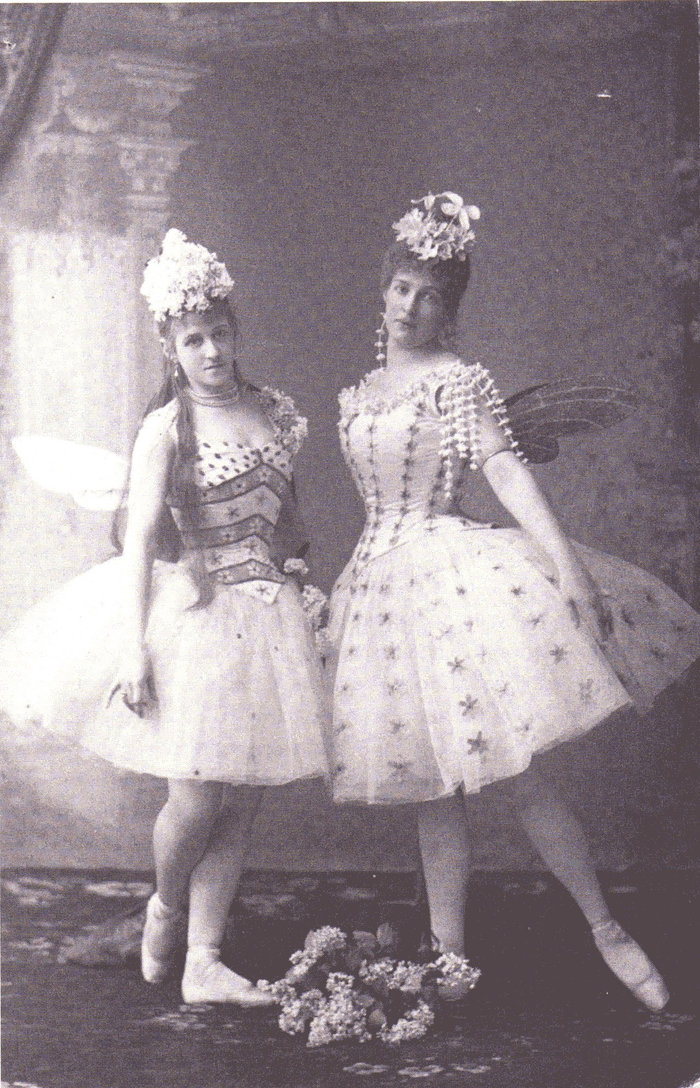Let's Celebrate the Tutu
- Jennifer Dournaux

- Feb 22, 2022
- 3 min read

In 1661
Louis XIV, the Sun King, methodized the steps of ballet through his Académie Royale de Danse (today known as the Paris Opera Ballet). Born in the extravagant court at Versailles, ballet was drenched in the perfume of all that was imperial, so it was no surprise that as the Revolution took hold in 1789, ballet lost favor with the French citizens. In 1793, with the heavy drop of a Guillotine blade, the French monarchy came to an end. For the decades that followed, chaos would ensnare the country as it struggled to find its footing, seeking a new form of government that looked and felt nothing like the imperial machine it successfully cut down (quite literally). In time, the male ballet dancer who dominated the stage, was seen as something rather vulgar, reminiscent of the antiquated and frivolous monarchy (we can follow the change of the male dancers’ role in another article, because his role does indeed change). With the male dancer shoved aside, there was a space that needed
to be filled at center stage. Enter, the ballerina. 1830

Although there were many female ballet dancers before the 1830s well worth mentioning, for the subject matter of the tutu, we bring our focus to the quintessential ballerina, the benchmark of ballerinas to come: Marie Taglioni. Trained vigorously by her father, Taglioni was known for her ethereal quality, strength, delicacy, impressive pointe work (which was novel) and weightless technique. In 1832 performing in the ballet La Sylphide, Marie Taglioni appeared to float across the stage. Yes, her technique achieved this illusion, but there is no doubt that her billowing tutu certainly added to the affect. It was here that the Romantic tutu was born. The costume was designed a little shorter to show off Marie’s impressive pointework but left long enough to not be indecent. The layers and layers of the thin muslin created movement when she jumped or turned, adding to that ethereal quality. Her role as the Sylph inspired fashion, pastries, toys, and even balletomes to lose their minds.
One story speaks of a group of Taglione
fans who excitedly purchased her used pointe shoes,
boiled them, and then ate them! Now that is fandom at an insane level!
1890

By the end of the 19th century, the ballerina’s role continued to rise, and so did her skirt. With increased virtuosity in pointework, the tutus became shorter to show off even more of the movement of the legs. What once fell just above the ankle, was now lifted to just above the knee. The Classical tutu was born. It was in this era of the ballerina that the skirt earns its nickname, from the French children’s word for “bottom": cucu. When the dancer bent over, her rear-end would be revealed! Not intentional, but unpreventable. Of course, there were undergarments involved (today we call them “trunks”), but this little side effect of the costume was not lost on many male patrons of the ballet, who were more than excited to offer their time and money to the company.
Modern Day

As time moves on, the tutu continues to evolve. Technology and advancements in materials as well as more complicated and athletic demands on the dancer allow for costume designers to create a variety of shapes and sizes: the wide and flat platter tutus, short and flouncy Balanchine tutus, the full and long Romantic tutus, more modern streamlined tutus, and recently the COVID-19 social distancing tutu, which is 3 meters in diameter and made of denim! For nearly 200 years the tutu has been a part of the ballerina’s uniform. It has inspired many others not even in the dance world. Fashion designers constantly revisit the Romantic tutu silhouette for inspiration (see Dior), marathon
runners done the short and bouncy version to
add joy to their event, and in addition to children wearing the tutu for fun, we now see dogs wearing them too!
I cannot imagine the world of ballet without the iconic tutu, and apparently the world cannot imagine itself without one either. So, on Tuesday 2/22/22, cheers to the tutu!
May it continue to enchant us all.







Comments